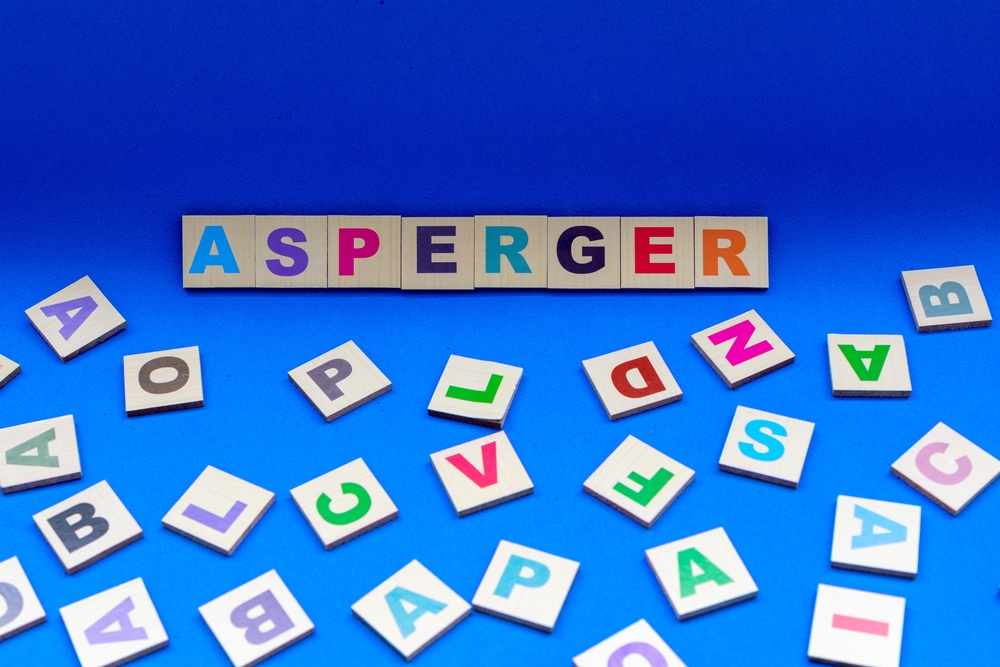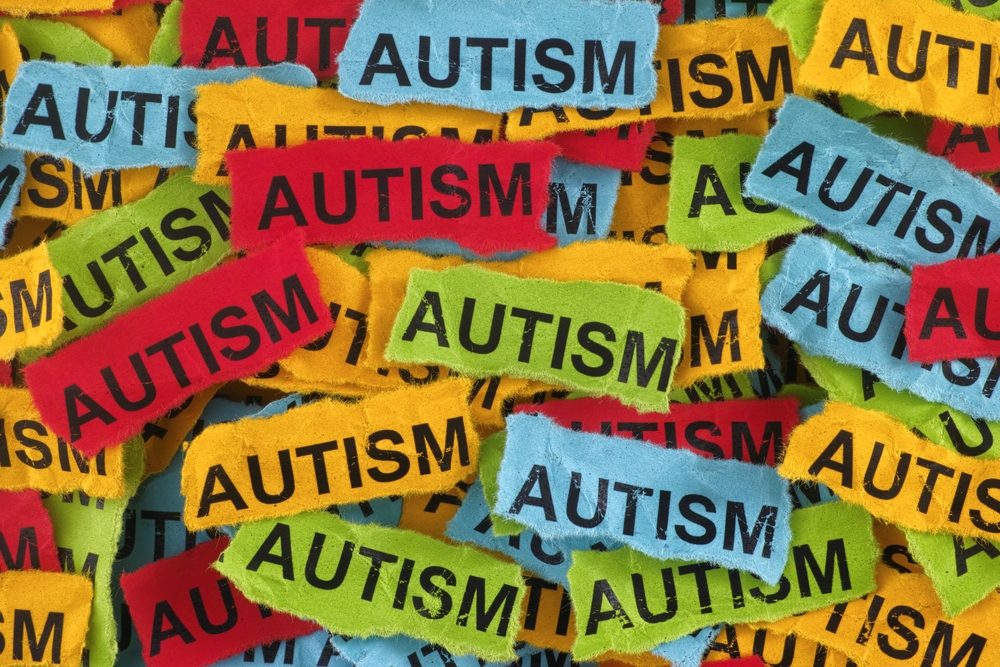You have likely heard of Asperger’s growing up, but then the term effectively disappeared just over a decade ago and was replaced more readily with ‘autism’. But, what is the difference between Asperger and autism, and what happened to make the term ‘Asperger’ disappear?
We will explore what you need to know in the article below. From what autism and Asperger are, to what happened to the term and why. We will also discuss treatment for ASD, and some key things to remember about these terms.
Here at the Brain Workshop, we are dedicated to helping you live your best life. If you want to learn more about autism, ADHD, and mental health, have a look at our latest articles on if ASD is a learning disability, the importance of nutrition and brain development, the causes of a short attention span, and how to improve your concentration.
Understanding Autism
Autism is a disorder that can impact different people in vastly different ways. Many people with autism face challenges regarding non-verbal communication, repetitive behaviours, speech, social skills, and more.
However, there is no one size fits all, as some individuals with autism can lead relatively normal lives, while others require additional support in aspects of their lives. Like ADHD, there are many successful people with Autism – like Anthony Hopkins, Susan Boyle, Greta Thunberg, and so many more.
It is important to know that while autism can be incredibly varied, there are a number of common comorbidities to consider. Things like sleep disorders, gastrointestinal disorders, anxiety, and depression are all common disorders that many autistic people will have alongside autism. This can pose additional challenges.
Signs of Autism in Adults
Below, we will go through the common signs of autism in adults, and what you should know about autism in women.
Primary signs of autism in adults:
- Enjoying having a routine and becoming anxious when that routine changes
- Taking things literally (this is especially common with phrases and sarcasm)
- Difficulty stating how you feel
- Coming off as uninterested, rude, or blunt regarding what others are saying
- Anxiety due to social situations
- Difficulty understanding what other people might be feeling or thinking
- Preferring to be on your own or finding it challenging to make friends
Additional signs of autism to look out for:
- Disliking or getting upset when other people get too close to you or touch you
- Having selected, very keen interests in particular activities or subjects
- Frequently noticing details that others don’t, such as patterns, sounds, or smells
- Planning events or activities thoroughly before you do them
- Having a strong dislike for particular sounds, smells, textures, or tastes
- Often getting too close to people
- Difficulty holding eye contact
- Trouble understanding common social or societal rules
Autism in Women and Girls
As with many disorders, including ADHD, diagnosing autism in women is more difficult compared to diagnosing men. This is because women are very good at copying behaviours as they grow up, which allows them to effectively ‘mask’ their autistic traits and ‘fit in’ with those around them.
Overall, you can expect most autistic women to:
- Show fewer repetitive behaviours
- Hide their feelings and be quieter
- Copy people without autism and ‘fit in’ better
- Seem to handle social situations better
Understanding What Used to be Called Asperger’s

Introduced to the DSM in 1994, Asperger’s syndrome used to be seen as a ‘high functioning’ or ‘mild’ form of autism, and those with it could live minimally different lives compared to neurotypical people. We will go through the signs of Asperger’s below, and you can see for yourself how many of the signs are like that of autism.
Signs of Asperger’s
The signs of Asperger’s are very similar to some of those that you would see in autistic individuals, and they will begin to show in early childhood:
- Lacking awareness of how others are impacted by their behaviours
- Exhibiting repetitive behaviours
- Having selected, very keen interests in particular activities or subjects
- Social interaction and non-verbal communication is impaired
- Showing limited responses to emotional or social experiences
- Few or even no long-term relationships
- Not interested in taking part in activities with others
- Enjoying having a routine and becoming anxious when that routine changes
- No delay in cognitive development or language learning
What Is the Difference Between Asperger and Autism
Asperger and Autism used to be two separate diagnoses. However, as of 2013, they have been combined and put under the umbrella diagnosis of autism spectrum disorder. This means that anyone who was diagnosed with Asperger’s before 2013 has autism.
However, due to ableist beliefs, which many people carry subconsciously, many who were diagnosed with Asperger still consider themselves to have Asperger’s. This is often seen as being part of their identity, particularly because of the negative stigma that surrounds the autism diagnosis.
When you look at Asperger’s vs autism, however, the only ‘real’ difference between the two is this: those with Asperger’s might be seen as having a less challenging time ‘passing’ as someone who is neurotypical. This is due to the fact that their signs or symptoms that resemble autism are ‘mild’.
Treatment for Asperger’s vs Autism
It’s key to remember that ASD (which now includes Asperger’s) is not something that needs to be ‘treated’. It is not a medical condition like the flu, and there is nothing ‘wrong’ with these people – they simply have different brain functions and ways of thinking. While people with ASH may benefit from things like language therapy or other kinds of interventions, so can many neurotypical people.
Those with autism are neurodivergent, and this term covers a wide variety of things, including Irlen Syndrome, ADHD, Tourette syndrome, and many more. It means that there are merely some differences compared to ‘neurotypical’ behaviours, but again, this doesn’t mean that there is anything wrong with you and the way you think.
It is interesting to note that there are some people who believe that ASD is a disability, while most others do not. This ongoing debate focuses on whether people with ASD need medical treatment via the medical model, or help or ‘treatment’ via securing healthcare coverage, disability rights, and more.
What Kinds of ‘Treatment’ Can Help With Aspects of ASD?
We mentioned that ASD is not something that needs treatment in itself, but like anyone else, there may be a range of therapies that could benefit someone with varying comorbidities or challenges, such as limited speech. From psychological therapy (e.g. CBT) and language or speech therapy to medications for comorbidities such as OCD or anxiety, there may be steps that should be taken to help the individual – and this applies whether they are neurodivergent or neurotypical.
As with any treatment, there are differing approaches to take, and it may take some time to find one that works for you as an individual. However, these therapies are here to help you.
Final Thoughts

The term Asperger’s was used prior to 2013 before it and autism were combined under the umbrella term of ASD. This means that Asperger’s is no longer used, and it is not an official diagnosis, and those who received that diagnosis are not considered to have autism.
So, what is the difference between Asperger and autism? Before the terms were combined, Asperger’s was seem to effectively be a more mild case of autism, where the individual did not experience any delay in cognitive development or language learning. However, many other signs were the same, even if they were milder.
If you would like to learn more, please don’t hesitate to contact us and find out more about our programs, assessments, results, and success stories.






